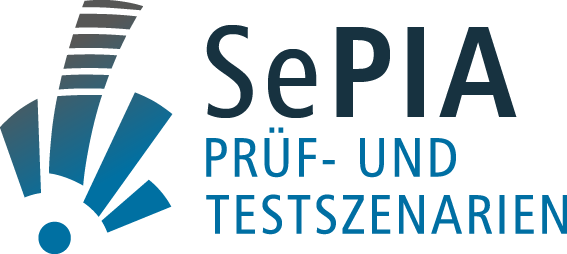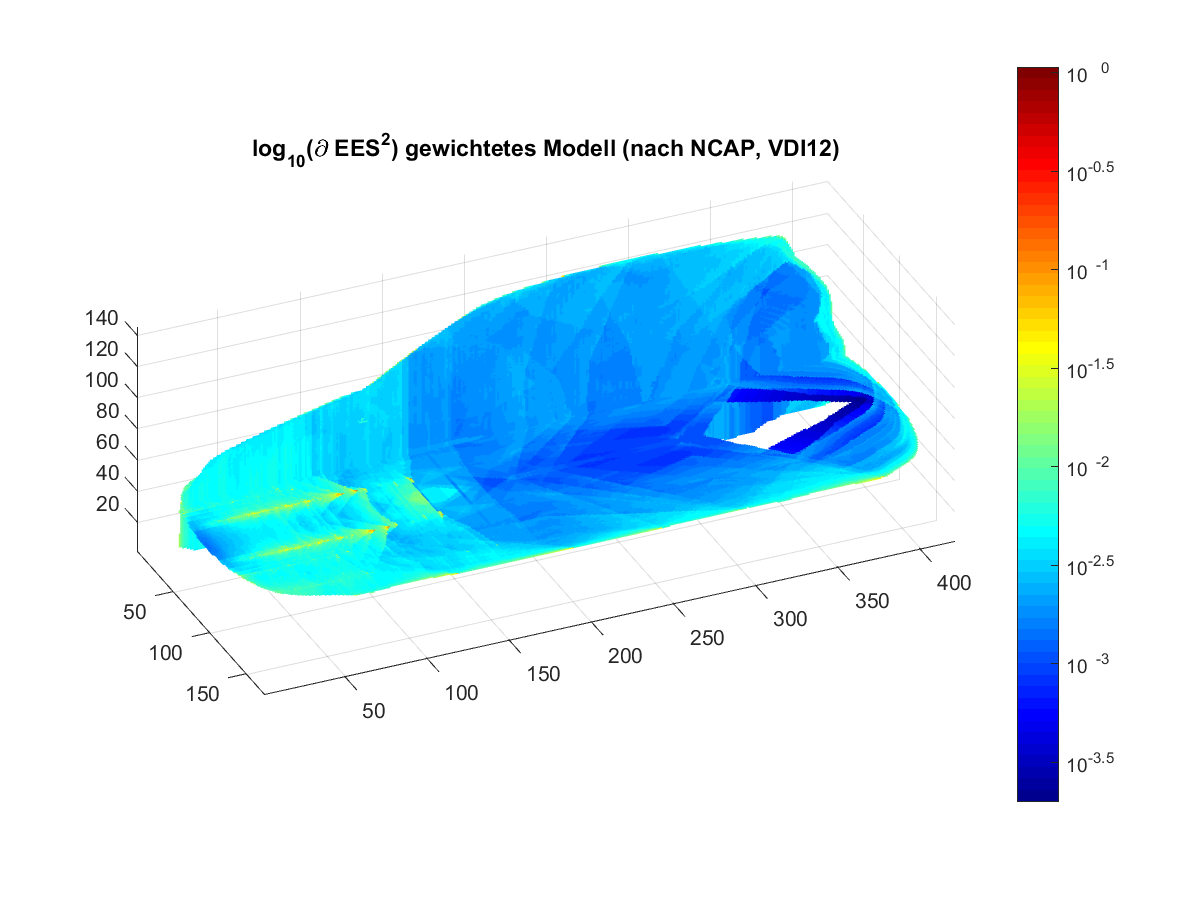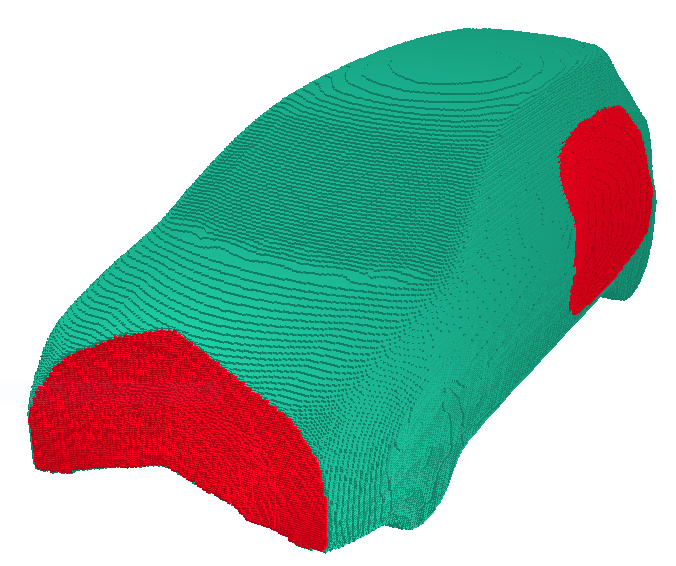Crash test programs require suggestions for unsafe collision constellations. In order to generate more safety even in previously untested zones and collision constellations, there is a need for the scientifically based identification and definition of weak points in the passive safety of current passenger car models.
A basis is provided by Energy Equivalent Speed (EES) models, which are of particular importance for the future development of passive and active vehicle safety systems. For example, it has not yet been possible to prospectively determine the benefit (in the sense of reducing the severity of injuries) of safety systems in real accidents if the systems to be evaluated merely change the accident constellation (e. g. by braking and/or steering system interventions) or if modifications are made to the crash structure. The approach of combining crash test and real accident data is new, as it combines for the first time precise data from standardized tests with the wide-range information from real accidents. In addition, a novel impact calculation method based on the EES models is being developed, which can calculate the EES of a collision, for instance. With so-called injury risk functions, EES values can be used to assess the injury risk for occupants. This closes a gap in the previous process chains for the future evaluation of safety systems.
This project is funded by the ADAC Foundation.


